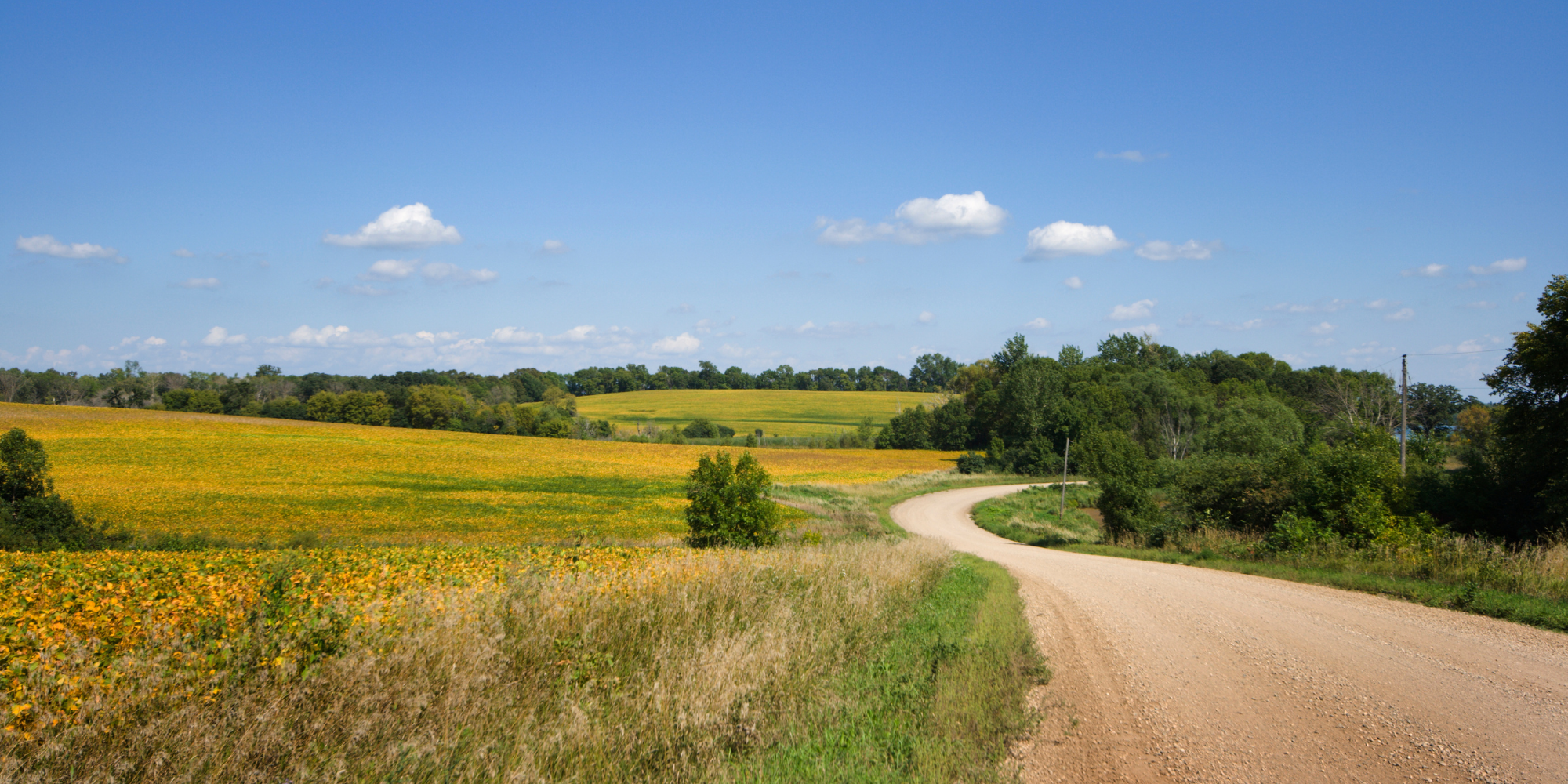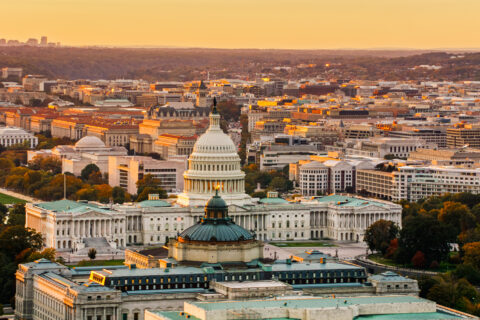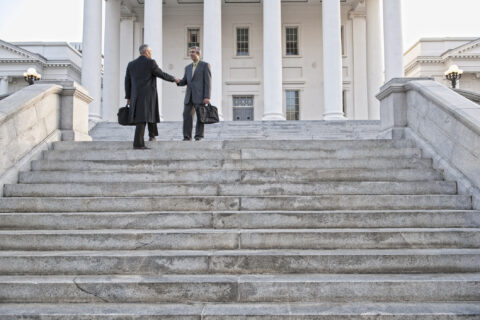Last month, 16 Minnesota cities worked together to each declare a climate emergency or something similar. By acting together, we are amplifying our impact and urging local, state and federal action, with a special emphasis on state action.
Here are three Minnesota local elected officials in their own words on why taking bold action to address climate change is important to their communities.
Larry Kraft, Councilmember, City of St. Louis Park
About a year ago I helped convene a group of primarily city elected officials from around Minnesota, called the MN Cities Climate Caucus, with the goal of sharing best policy practices and having more influence with state government. About six months ago, we came up with a plan to simultaneously declare a climate emergency across multiple cities in January of this year, just before our state legislative session began.
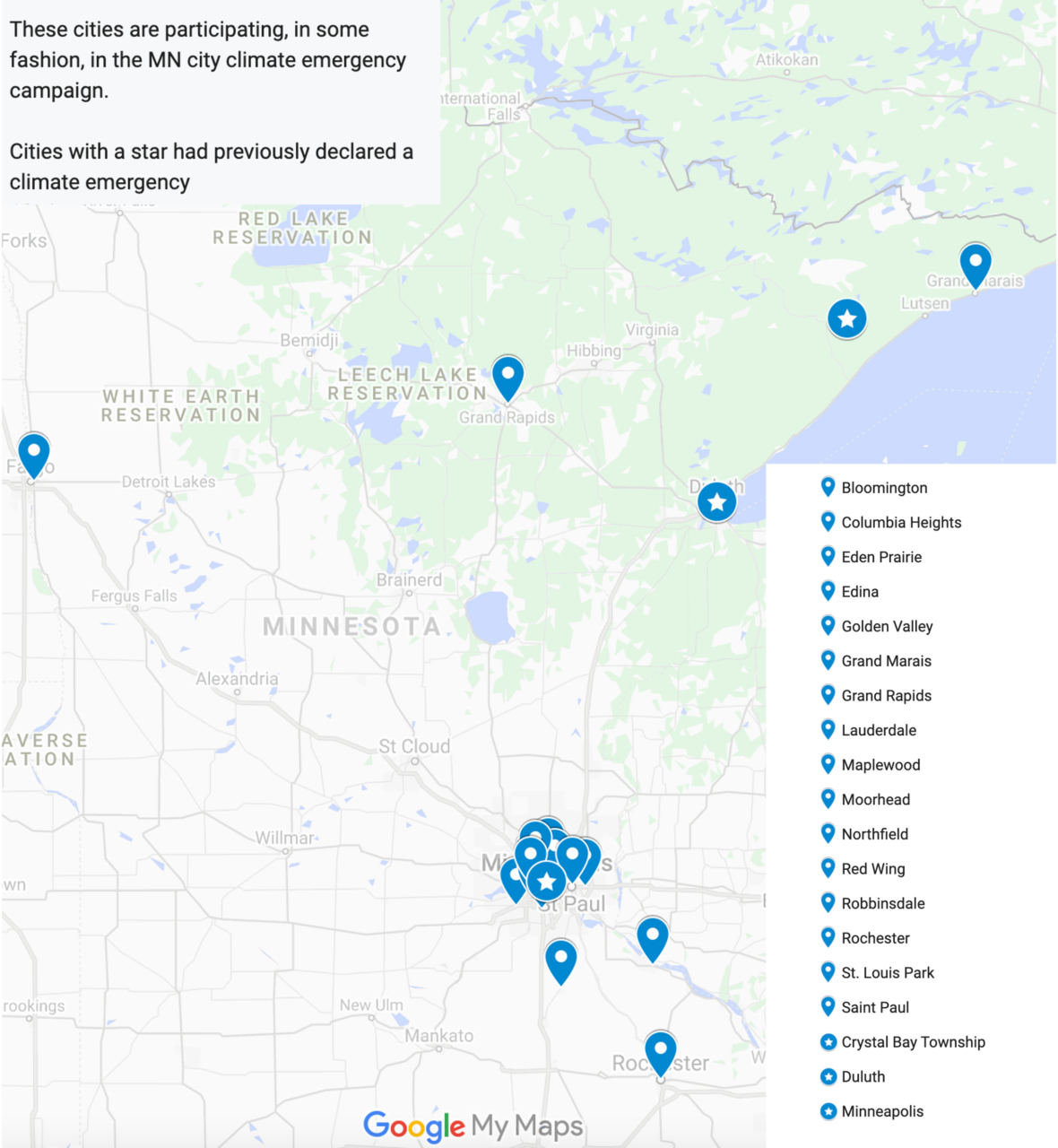
We felt it was the right time to do this for three main reasons:
- It is an emergency: The United Nations Intergovernmental Panel on Climate Change recently declared that world leaders at all levels must take immediate action to reduce greenhouse emissions to prevent catastrophic impacts.
- It’s impacting Minnesota now: Unanticipated occurrences of drought, higher annual temperatures and sustained heat waves, dangerous air quality, repeated incidences of “hundred year” floods, and forest fires of unprecedented size – are all happening now in Minnesota.
- Hope: A conspicuous action like this can provide bold local leadership in a way that connects to a larger statewide effort. People are empowered when they feel what they do matters and when they are part of something larger than themselves.
Our goal was at least ten cities, but ultimately 16 new cities are involved in some fashion, in addition to three cities –Crystal Bay, Minneapolis and Duluth– that had previously declared an emergency. The key to the campaign was creating templates so we had a common messaging framework, while encouraging cities to customize in whatever way they wanted to make it fit with their community needs.
In St. Louis Park (50,000 population, adjacent to Minneapolis) we have a Climate Action Plan, adopted in 2018, with a goal of net-zero greenhouse gas emissions, community-wide, by 2040. Our Climate Emergency declaration went first through our Environment & Sustainability Commission, and they modified it to put even more emphasis on climate justice, made sure we used it to kick off a local “2022 Year of Climate Action,” and pushed me to make sure that the coalition of cities taking this step would build on the declarations over time to influence state policy.
Bill Blonigan, Mayor, City of Robbinsdale
Robbinsdale is an inner-ring suburb of Minneapolis with a population of 15,000. Our city council unanimously passed a Climate Emergency Resolution to precipitate awareness and action by the public and state and federal governments. We hope to move you to do something today to help save the planet and your grandchildren.
Robbinsdale has thoroughly examined and substantially cut its energy use in city buildings, via improvements in HVAC, insulation, lighting replacement and starting Minnesota’s Green Step Cities program. Our new $35 million water treatment plant has been designed to conserve as much water, energy and raw material as possible. It will have our city’s first solar panels.
The Resolution is being used to heat our effort up by many degrees. There are specific and general targets for us to study, create and then implement action to move further toward sustainability and resiliency. We have the opportunity to learn much from other cities that are leading the way with a variety of actions that we have not undertaken. Strong majorities of Independents, Republicans and Democrats want government to lead the way toward these goals. What we do next need not be perfect …but it does need to be now!
Steve Lindaas, Councilmember, City of Moorhead
Moorhead, a community in northwest Minnesota of roughly 45,000, is part of a 250,000+ metro area that includes Fargo and West Fargo, ND. However Moorhead is often considered a rural community in the state. The city council unanimously passed a Climate Emergency resolution calling for action by the city with support from state and federal governments. There was strong support in the community especially among students attending local colleges.
Climate change hits very close to home in Moorhead, as the area is in the midst of a massive $3 billion flood diversion project, to protect the area during times of extreme flooding, which are becoming increasingly frequent with climate change.
Moorhead has a public utility and for the last two years the electricity that residents have used in town has been 100% net-zero carbon. Moorhead is also part of the Green Step Cities program and is in reach of the top tier. Landscaping around our main Public Works building is now a native pollinator demonstration planting. Partnership with Audubon Dakota and River Keepers has extended both prairies and riparian tree planting. A local grant created a Resiliency Task Force that includes members from organizations, cities, schools and businesses. This grant has fostered connections and funded the creation of a food forest at a local park. Residents helped plant fruit trees and berry bushes and there is overwhelming support to expand these efforts. Following the passage of the resolution, the city advertised a Sustainability Coordinator position. The creation of this position will help infuse sustainability and resiliency throughout city actions.
About the Campaign
The Minnesota cities that are participating in the climate emergency campaign are: Bloomington, Columbia Heights, Eden Prairie, Edina, Golden Valley, Grand Marais, Grand Rapids, Lauderdale, Maplewood, Minneapolis, Moorhead, Northfield, Red Wing, Robbinsdale, Rochester, St. Louis Park, and St. Paul. Minnesota cities that previously declared a climate emergency are Crystal Bay, Duluth, and Minneapolis.
Within Minnesota, we’re looking to expand the number of cities participating in the climate emergency campaign, and encourage cities from other states to create similar initiatives. Here are tools that might be helpful for other cities.
Dive Deeper
You can utilize NLC’s ARPA Sustainability & Climate Resilience fact sheet to learn more about three eligible use categories under the Coronavirus State and Local Fiscal Recovery Funds (SLFRF) and other federal funding opportunities to advance sustainability and climate resilience.
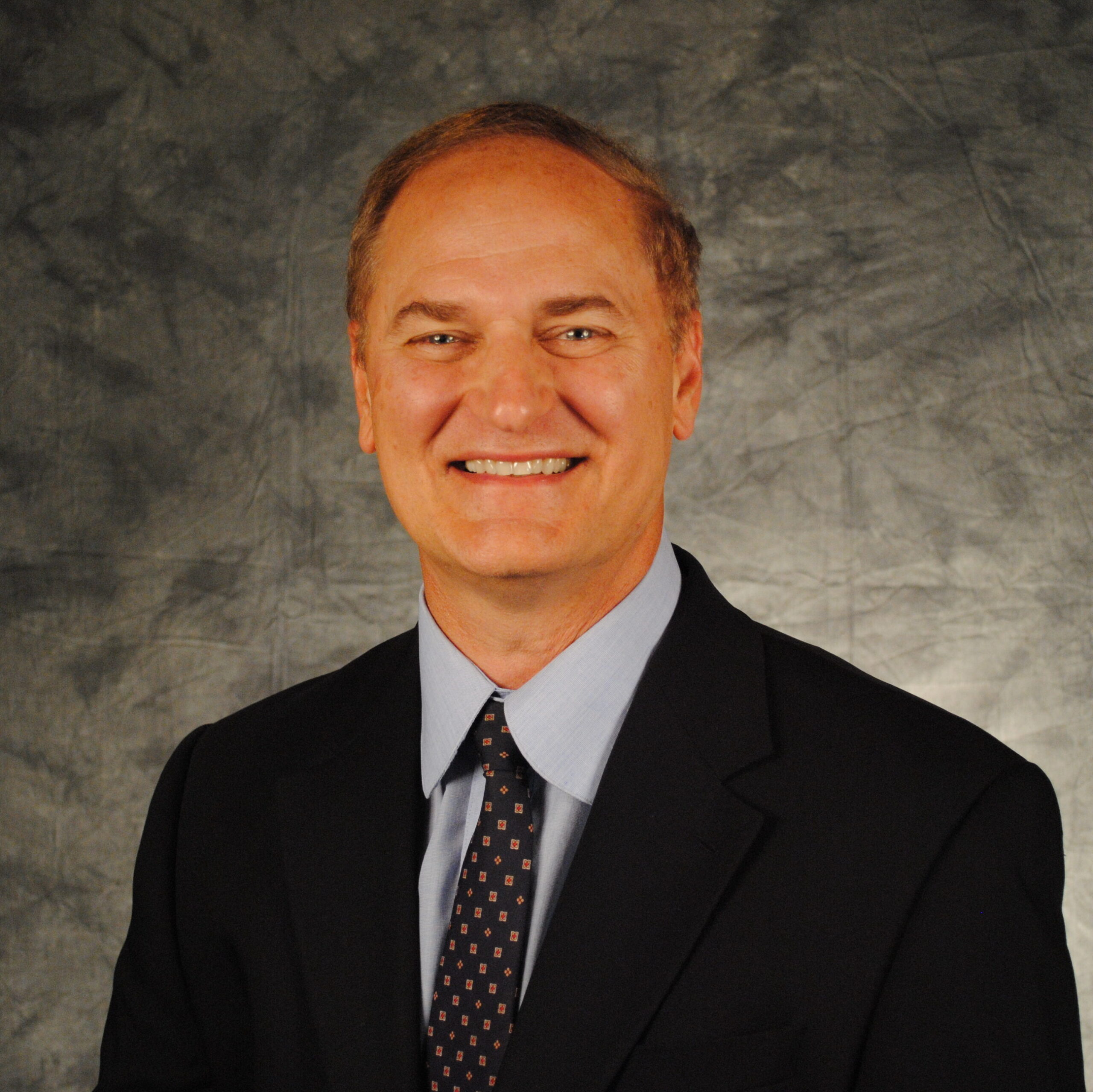
About the Authors:
Bill Blonigan became Robbinsdale’s Mayor in 2021 after serving as Ward 1 Council Member from 1981-2020.
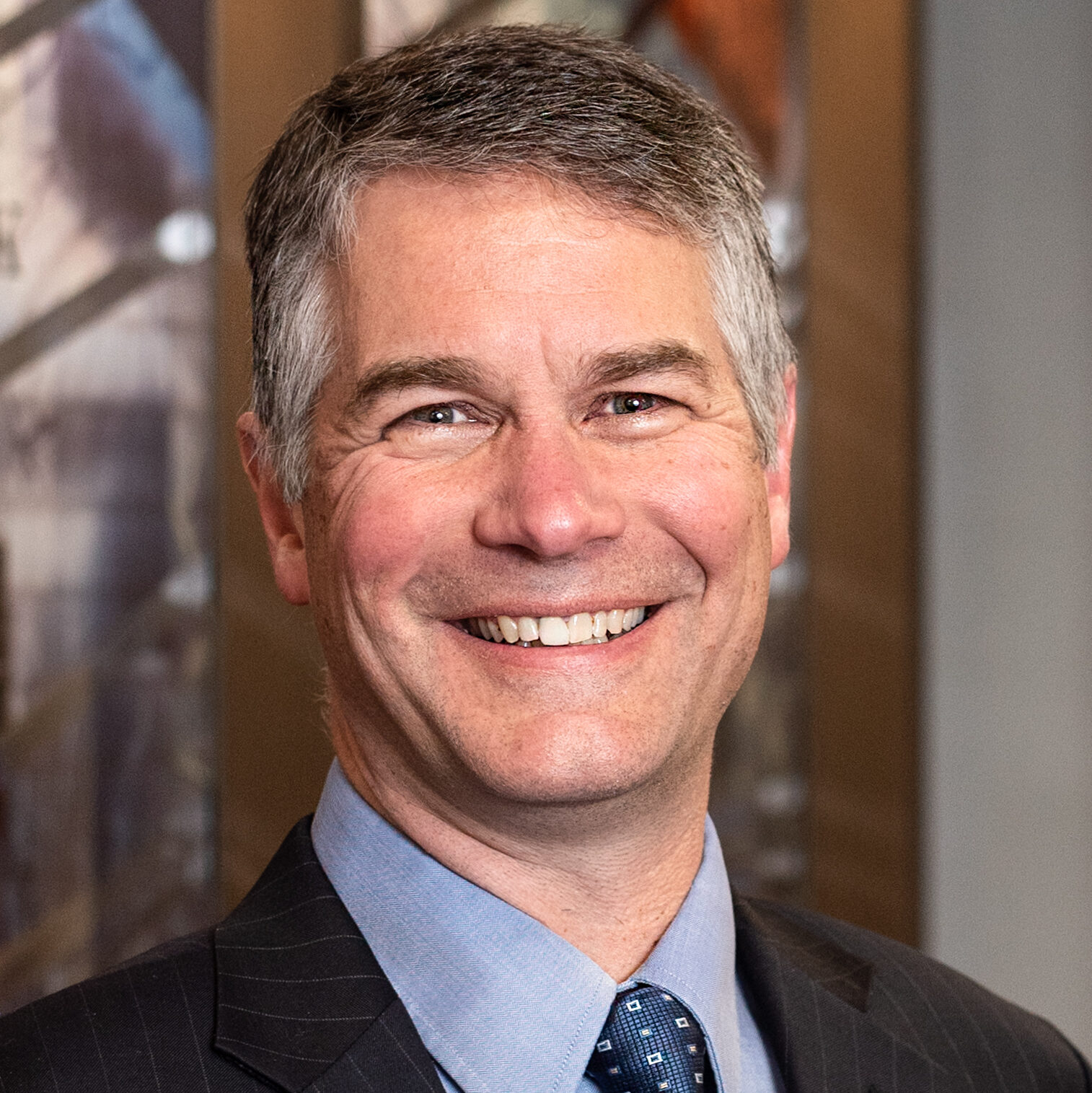
Larry Kraft has served as a St. Louis Park at large City Councilmember since 2020.
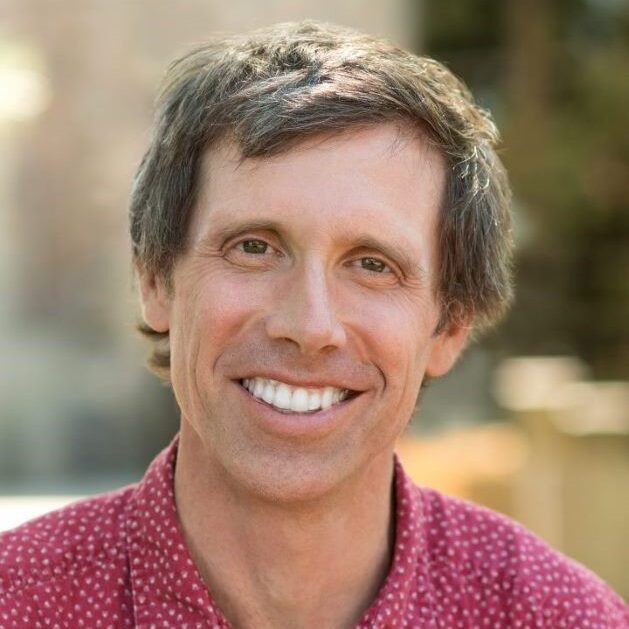
Steve Lindaas is on the Moorhead City Council. He is a professor and chair of the Department of Physics and Astronomy at Minnesota State University Moorhead.
